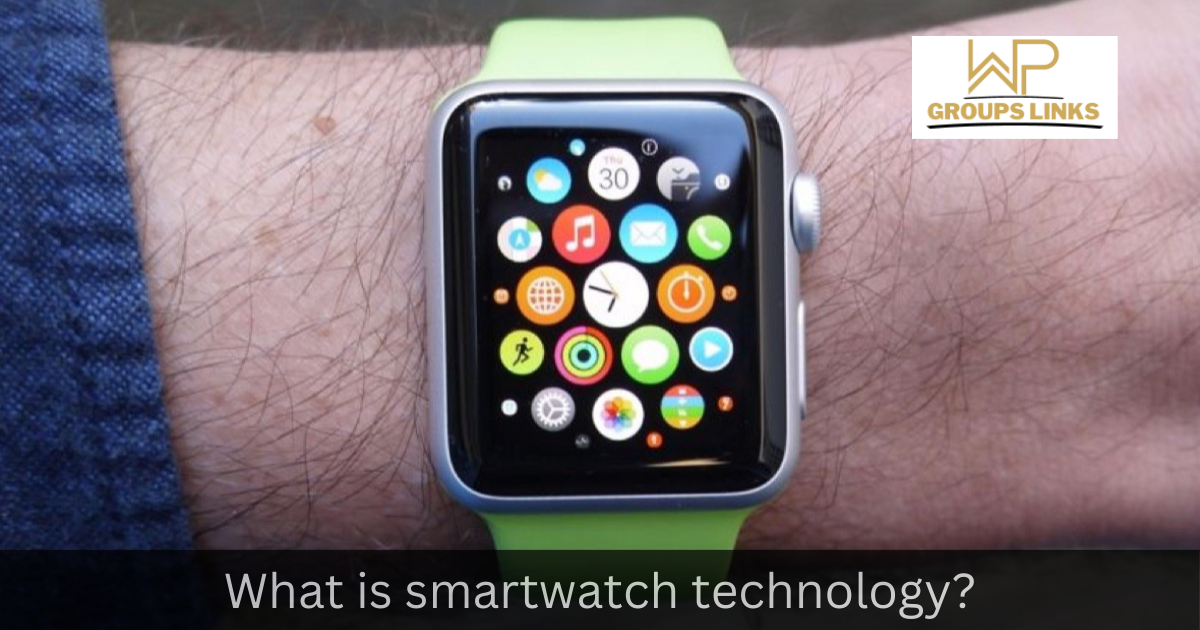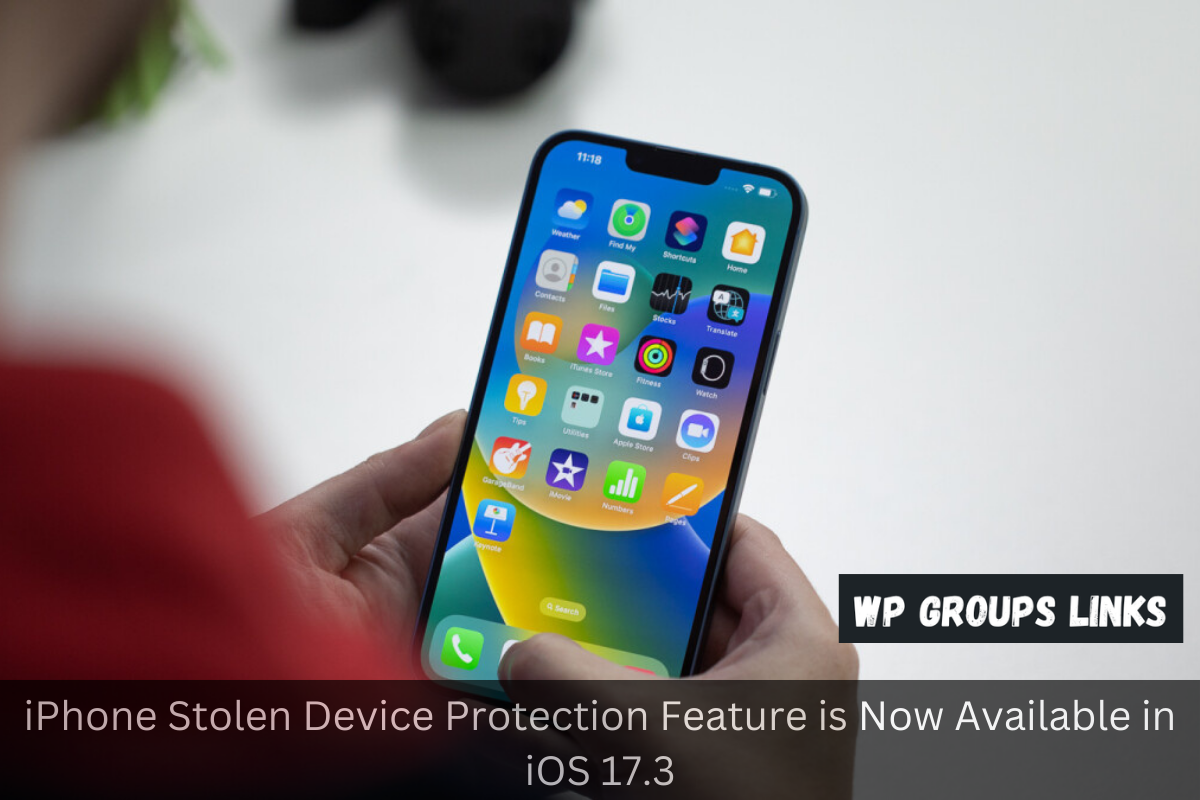Smartwatch Technology
Smartwatches have emerged as one of the most significant technological innovations in recent years. Combining the functionality of traditional timepieces with the power of modern technology, smartwatches have revolutionized the way we interact with time, communicate, and track our health and fitness goals. This article will delve into the world of smartwatch technology, exploring its components, features, advancements, impact, and limitations.
Introduction to Smartwatches
Definition and Purpose Smartwatches are wearable devices that incorporate advanced technology and digital features, enabling users to access various applications and functionalities on their wrists. They are designed to offer more than just timekeeping, acting as an extension of smartphones and providing a convenient and accessible user experience.
Evolution of Smartwatches The concept of smartwatches can be traced back to the early 2000s when companies like Microsoft and Fossil introduced devices with limited capabilities. However, it was not until the launch of the Pebble smartwatch in 2013 that the industry gained significant traction. Since then, major tech giants like Apple, Samsung, and Google have entered the market, propelling smartwatch technology to new heights.
Importance and Growing Popularity Smartwatches have gained immense popularity due to their ability to integrate multiple functions into a compact and wearable device. Their convenience, versatility, and evolving features have made them a sought-after accessory for tech enthusiasts, fitness enthusiasts, and everyday users alike. The global smartwatch market has witnessed substantial growth, with increasing adoption rates and a wide range of available models.
Key Components of Smartwatches
Display and Interface Smartwatches feature vibrant displays, usually touchscreen, which serve as the primary means of interaction. These displays can showcase various information such as time, notifications, apps, and health data. Some smartwatches employ AMOLED or OLED technology for enhanced brightness and energy efficiency.
Processing Power and Memory Smartwatches contain processors and memory chips to handle complex tasks and store data. These components ensure smooth performance and enable the installation and operation of various applications and features.
Connectivity and Wireless Technology Smartwatches are equipped with wireless connectivity options like Bluetooth, Wi-Fi, and NFC (Near Field Communication). These enable seamless pairing with smartphones, data transfer, and interaction with other devices.
Sensors and Tracking Features Smartwatches incorporate an array of sensors, including heart rate monitors, accelerometers, gyroscopes, GPS, and ambient light sensors. These sensors enable activity tracking, sleep monitoring, step counting, distance measurement, and more. They provide users with valuable insights into their health and fitness levels.
Features and Functionalities
Smartwatches retain the fundamental function of displaying time accurately. They offer various watch faces and customization options to suit users’ preferences. Alarms and timers can also be set, ensuring users stay punctual and organized.
Notifications and Alerts Smartwatches act as an extension of smartphones, delivering real-time notifications and alerts directly to the wrist. Users can receive calls, messages, emails, social media updates, and app notifications, allowing them to stay informed without reaching for their phones.
Fitness and Health Tracking One of the most significant features of smartwatches is their ability to monitor and track fitness and health-related metrics. Users can monitor their heart rate, track workouts, count steps, measure distance, and even monitor sleep patterns. These features encourage users to lead a healthier lifestyle and achieve their fitness goals.
Communication and Connectivity Smartwatches enable users to make and receive calls, reply to messages, and access various communication apps directly from their wrists. They can view and send text messages, interact with social media platforms, and even use voice commands for hands-free communication.
Apps and Customization Smartwatches offer a wide range of applications that can be installed directly on the device. These apps include productivity tools, weather updates, music players, navigation assistance, and more. Users can customize their smartwatch experience by selecting and organizing apps according to their preferences.
Advancements in Smartwatch Technology
Design and Aesthetics Smartwatches have evolved in terms of design, offering sleek and stylish options that cater to different tastes and preferences. Manufacturers have focused on creating slim profiles, premium materials, and customizable bands to enhance the aesthetic appeal of smartwatches and make them suitable for various occasions.
Battery Life and Charging Options Battery life has been a significant challenge for smartwatches, but advancements in technology have led to improved power efficiency. Manufacturers have introduced various charging options, such as wireless charging and rapid charging, to make recharging convenient and hassle-free.
Integration with Internet of Things (IoT) Smartwatches can connect and interact with other IoT devices, such as smart home appliances, fitness equipment, and medical devices. This integration enables users to control their smart homes, track their workouts seamlessly, and monitor their health conditions through their smartwatches.
Voice Assistants and AI Capabilities Many smartwatches now incorporate voice assistants, such as Siri, Google Assistant, or Amazon Alexa, allowing users to perform tasks using voice commands. Users can set reminders, search the web, control smart devices, and access information simply by speaking to their smartwatches.
Cellular Connectivity and Standalone Functionality Some smartwatches offer cellular connectivity, allowing them to operate independently without the need for a paired smartphone. Users can make calls, send messages, stream music, and access the internet directly from their smartwatches, providing greater freedom and convenience.
Impact and Benefits of Smartwatches
Health and Fitness Smartwatches have had a profound impact on individuals’ health and fitness routines. By providing real-time monitoring and tracking of vital signs, physical activity, and sleep patterns, they empower users to make informed decisions about their well-being. Smartwatches serve as motivational tools, encouraging users to stay active and maintain healthier lifestyles.
Convenience and Efficiency With instant access to notifications, calls, and apps on the wrist, smartwatches offer a higher level of convenience and efficiency. Users can quickly glance at their wrists to check important updates, eliminating the need to constantly reach for their smartphones. Smartwatches streamline daily tasks and enhance productivity by providing quick access to information and communication.



